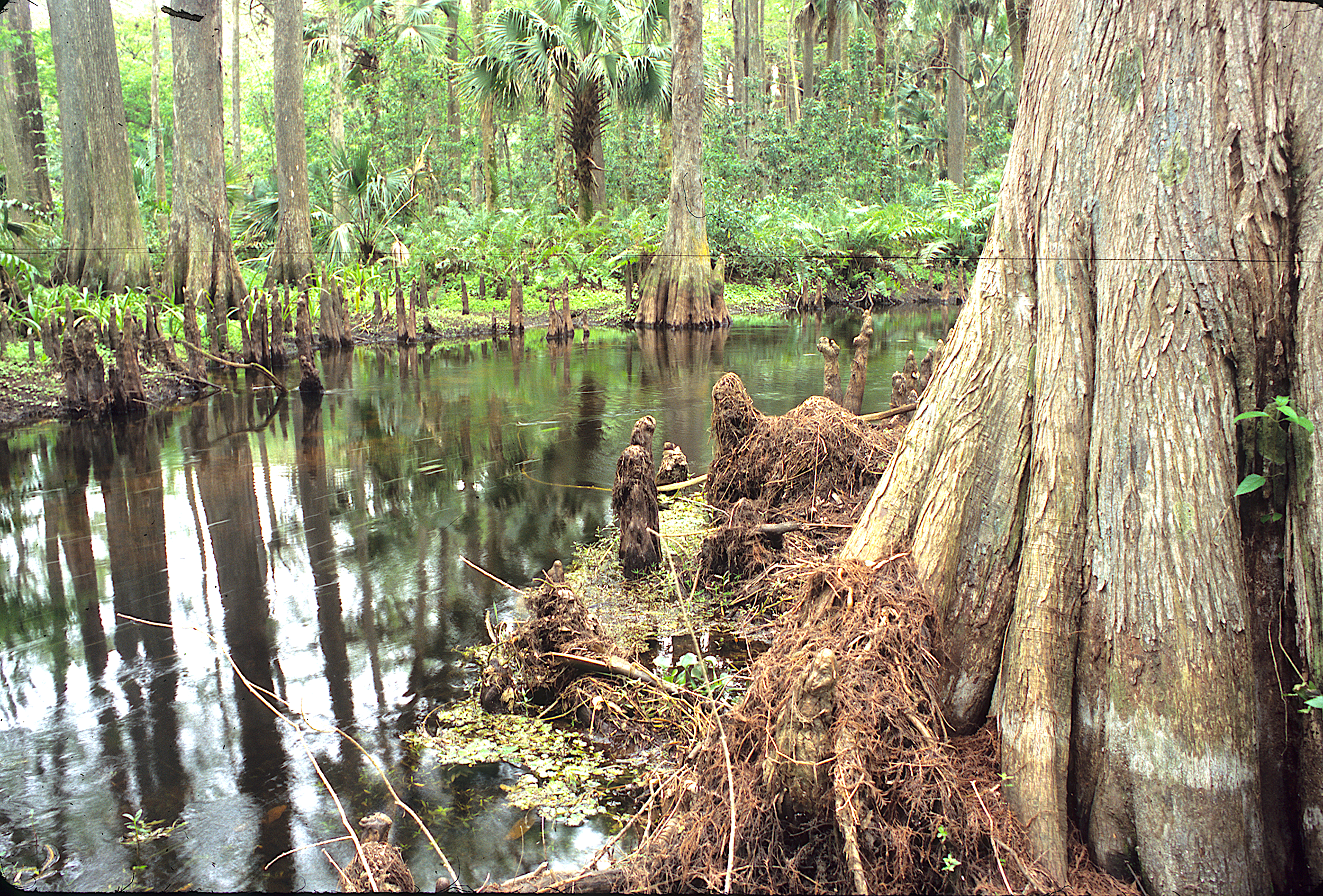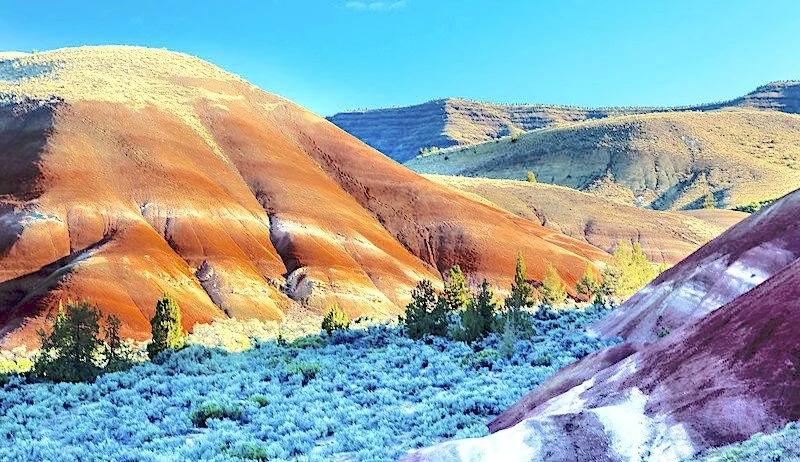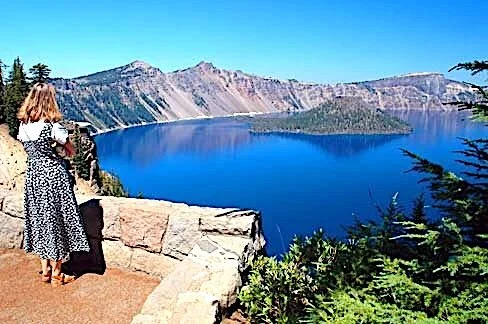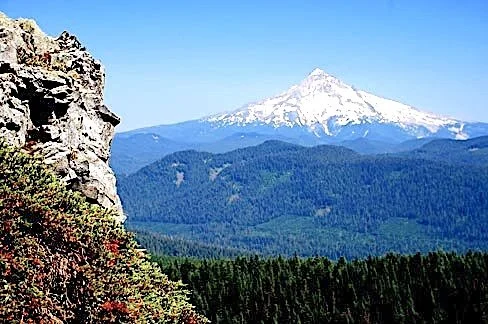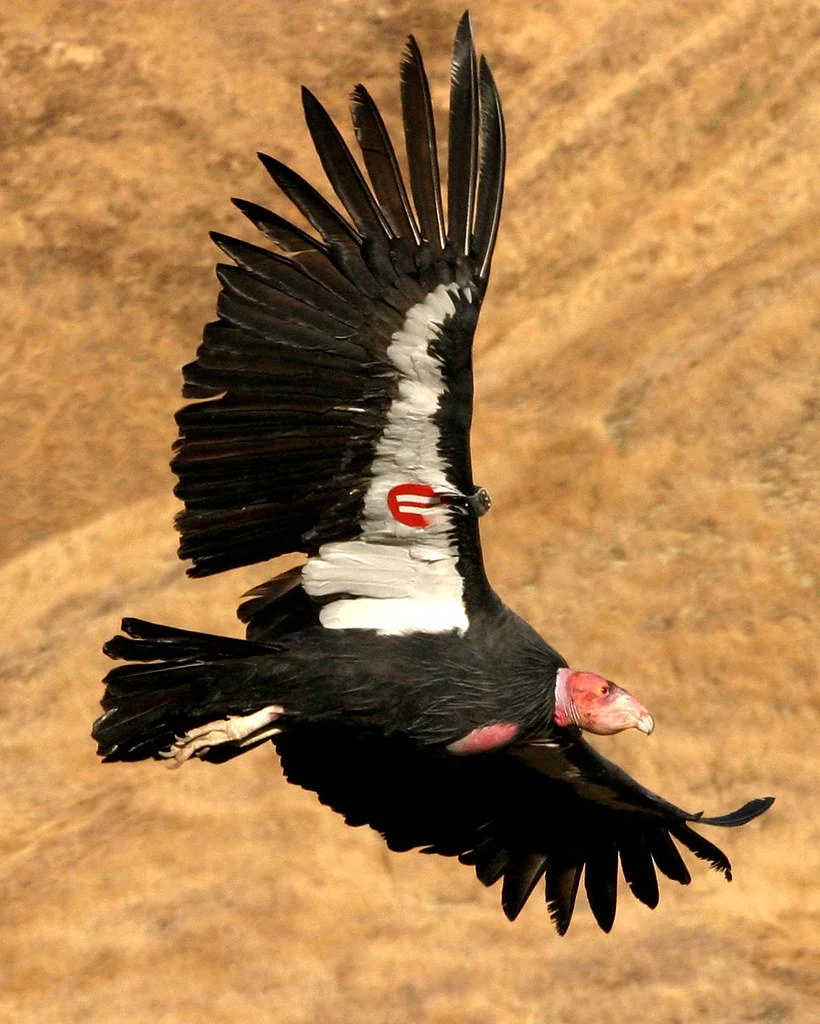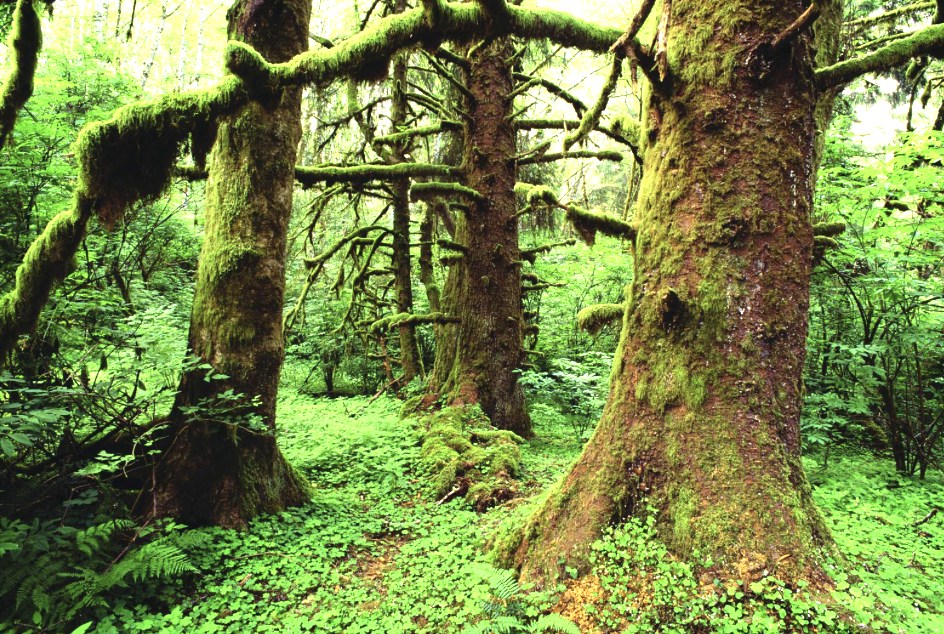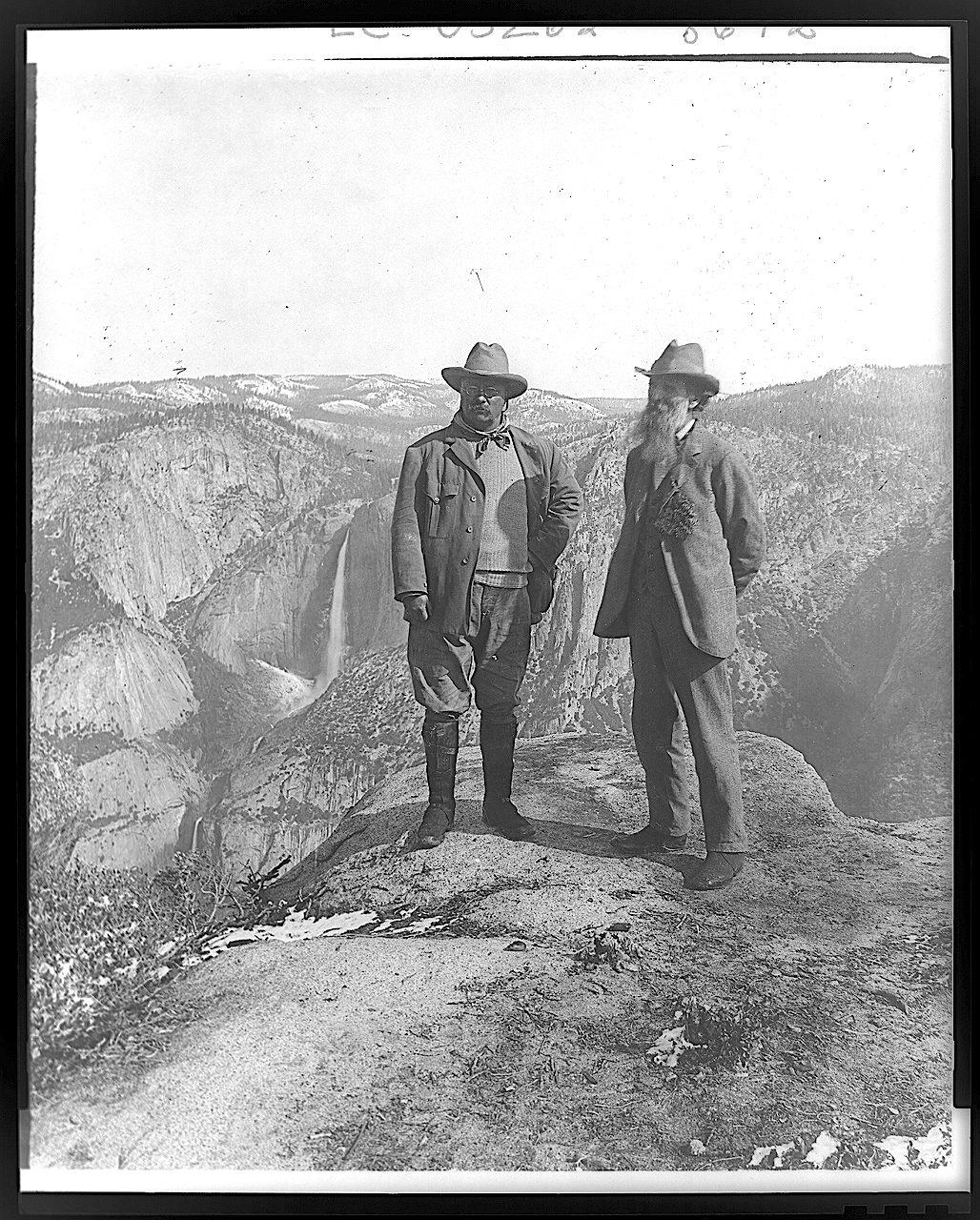Sort By Category
- 30x30
- Administration
- Antiquities Act
- Book Reviews
- Bureau of Land Management
- Climate Change
- Climate change
- Coasts
- Congress
- Counties & Federal Lands
- Courts
- Courts & Litigation
- Department of Agriculture
- Department of Interior
- Deserts
- Ecological Reserves
- Ecosystems
- Elections
- Endangered Species
- Energy
- Estuaries
- Federal Lands
- Fish
- Fish and Wildlife Service
- Forest
- Forest Fires
- Forest Service
- Forestry
- Forests
- Grasslands
- Land & Water Cons. Fund
- Land & Water Conservation Fund
- Legislation
- Litigation
- Livestock Grazing
- Marine Protected Areas
- Marine Sanctuaries
- Mature & Old-Growth Forests
- Mature and Old-Growth Foresrts
- Mining
- Nat'l Conservation Lands
- National Forest System
- National Marine Sanctuaries
- National Monuments
- National Monuments Act
- National Park Service
- National Park System
- National Parks
- National Recreation Area
- National Scenic Area
Sort By Tag
- 1002 area
- 30x30
- 5th Amendment
- ANWR
- Acadia National Park
- Adam Smith
- Administrative Procedure Act
- Advancing Conservation and Education Act
- Alan Bates
- Alan Deboer
- Alaska
- Alaska National Interest Lands Act
- Alaska Native Claims Settlement Act
- Aldo Leopold
- American Forest Resource Council
- American Prairie Reserve
- American Tree Farm System
- American beef supply
- American black duck
- American woodcock
- Ammon Bundy
- Ancient Forest National Park
- Anders Eskil Carlson
- Andrea Salinas
- Andrew N. Gray
- Andy Kerr
- Animal unit month
- Ansel Adams
- Antiquities Act
- Applegate Primitive Backcountry Area
- Aqua Fria National Monument
- Aquatic Conservation Strategy
- Aquatic Conservation and Riparian Strategy
- Arches National Monument
- Arches National Park
- Arctic National Wildlife Refuge
- Areas of Critical Environmental Concern
- Army Corps of Engineers
- Association of O&C Counties
- Astoria Canyon
- Astoria Fan
- Atlantic Coast
- Augusta Canal NHA
- Avarna Group
- Avi Kaw Ame
- BLM Conservation Rule
- BLM Zone 3 Lands
- BOEM Oregon Planning Area
- Baboquivari Peak Wilderness
- Baker County
About That Vision Thing
When political realities come up against ecological realities, the former must be changed because the latter cannot.
Forests in the American East, Part 3: A Vision of the Return of Old-Growth Forests
This is the third of a three-post examination of forests in the American East. Part 1 diagnosed an “environmental generational amnesia” that makes people think it is okay to not have real (old-growth) forests and to tolerate, if not facilitate, massive and repeated clear-cutting and/or deforestation in the name of creating “early successional habitat” for species of wildlife that we need not be concerned about. Part 2 shed light on a conspiracy of self-interested timber companies, misguided public land foresters, misinformed wildlife biologists, and Kool-Aid-drinking conservationists. This Part 3 suggests ways to partially—but significantly—bring back the magnificent old-growth forests that have long been lost.
Book Review: Our Common Ground: A History of America’s Public Lands
Understanding the history of public lands is useful if one is to be the best advocate for the conservation of public lands.
Oregon’s Glaciers: Going but Not Forgotten
Glaciers are history, in Oregon and everywhere. Due to climate change, the American West is dramatically warming. Glaciers are dying and snowpacks are declining as well. Ironically, this rapid melting is artificially keeping stream flows up in basins served by glaciers.
30x30, Part 3: Forty-Four Tasty Conservation Recipes One Can Make at Home—If One Lives in the White House
This is the third of three Public Lands Blog posts on 30x30, President Biden’s commitment to conserve 30 percent of the nation’s lands and waters by 2030. In Part 1, we examined the pace and scale necessary to attain 30x30. In Part 2, we considered what constitutes protected areas actually being “conserved.” In this Part 3, we offer up specific conservation recommendations that, if implemented, will result in the United States achieving 30 percent by 2030.
A North Oregon Coast Range National Park: Sorely Needed but a Hell of a Long Shot
Though it’s a hell of a long shot, I propose a huge national park in northwestern Oregon that won’t fully flower for at least two centuries after its establishment. To create the park, the federal government should acquire vast ecologically and hydrologically significant tracts of state and private timberland and reconvert them to federal public parklands.
National Parks in Oregon, Part 4: Will the Inertia Continue?
This is the fourth of four Public Lands Blog posts that examine the topic of national parks in Oregon. Part 1 explored Oregon’s one success in establishing a national park. Part 2 discussed multiple failures to establish additional national parks in the state. Part 3 examined both successful and failed attempts to expand Crater Lake National Park. Part 4 looks at the potential supply and demand for additional national parks in Oregon and the political challenges and chances.
National Parks in Oregon, Part 3: Modest Expansion amid Grand Hopes
This is the third of four Public Lands Blog posts that examine the topic of national parks in Oregon. Part 1 explored Oregon’s one success in establishing a national park. Part 2 discussed multiple failures to establish additional national parks in the state. Part 3 examines both successful and failed attempts to expand Crater Lake National Park. Part 4 will look at the potential supply and demand for additional national parks in Oregon and the political challenges and chances.
National Parks in Oregon, Part 2: Multiple Failures
This is the second of four Public Lands Blog posts that examine the topic of national parks in Oregon. Part 1 explored Oregon’s one success in establishing a national park. Part 2 discusses multiple failures to establish additional national parks in the state. Part 3 will examine both successful and failed attempts to expand Crater Lake National Park. Part 4 will look at the potential supply and demand for additional national parks in Oregon and the political challenges and chances.
National Parks in Oregon, Part 1: One Success
This is the first of four Public Lands Blog posts that examine the topic of national parks in Oregon. Part 1 explores Oregon’s one success in establishing a national park. Part 2 discusses multiple failures to establish additional national parks in the state. Part 3 examines both successful and failed attempts to expand Crater Lake National Park. Part 4 looks at the potential supply and demand for additional national parks in Oregon and the political challenges and chances.
Conserving and Restoring the Mount Hood National Forest
There stood Mount Hood in all the glory of the alpenglow, looming immensely high, beaming with intelligence. It seemed neither near nor far. The whole mountain appeared as one glorious manifestation of divine power, enthusiastic and benevolent, glowing like a countenance with ineffable repose and beauty, before which we could only gaze in lowly admiration. —John Muir (1888)
California Condor Comeback in the Pacific Northwest
Very high on my bucket list is to see a California condor in the wild (Figure 1), ideally over Oregon. If my timing is good and the condors cooperate, this could happen.
The Oregon Wildlands Act 2.0
Representatives of many Oregon outdoor recreation industry heavyweights, including but not limited to Columbia Sportswear, the Conservation Alliance, Travel Oregon, and Keen Footwear, testified to the business sense of conserving more of the many treasures found on Oregon’s federal public lands. Many conservationists traveled from afar to make the case for protecting their most cherished Oregon gems for the benefit of this and future generations.
Filling the Congressional Conservation Pipeline for When It Unclogs
For the most part, these bills are popular and uncontroversial, and when they do get to the floor they will pass. When that happens and the congressional pipeline finally does unclog, conservationists need to make sure that pipeline is full.
The Overcrowding of Public Lands
In response to increasing overpopulation, what came to Muir Woods will eventually be coming to a natural recreation area near and/or dear to you. But actually, reversing overpopulation is not that hard. If all those who wanted children would limit themselves to two, what is now out of control could soon be back in control.
Theodore Roosevelt: The First and Greatest Public Lands Conservationist
The present president doesn’t seem to enjoy the outdoors, unless it is on a great big beautiful golf course. Though the presidential retreat in Maryland does have a modest driving range along with one hole and several tees, don’t bet on Trump spending any time at Camp David, tucked in western Maryland’s forests.
Will Trump Dump National Monuments?
President Trump signed an executive order on April 26, 2017, that directs Secretary of the Interior Ryan Zinke to review sixty-two of the last three presidents’ national monument proclamations, dating back to 1996. Source: Wikipedia
A Monumental Battle, Part 2: National Monuments in the Congress
There is no question that an Act of Congress can eliminate, shrink, or weaken a national monument proclaimed by a president pursuant to authority granted by Congress. What Congress giveth, Congress can taketh away.
A Stage Theory of Elevating the Status of Federal Public Lands
One usually has to overcome an entrenched establishment of industry, locals, and government that doesn’t want things to change. Yet, conservationists proceed anyway, and if they are smart, clever, and persistent (with emphasis on the latter) enough, they do find success. It often takes a generation to change the world, or even a part of it.
A Public Lands Conservation Agenda for the New President
The climate, the oceans, species, watersheds, ecosystems, landscapes, cultures, and economies that depend on federal public lands all depend upon the 45th president of the United States having a bold public lands conservation agenda.

